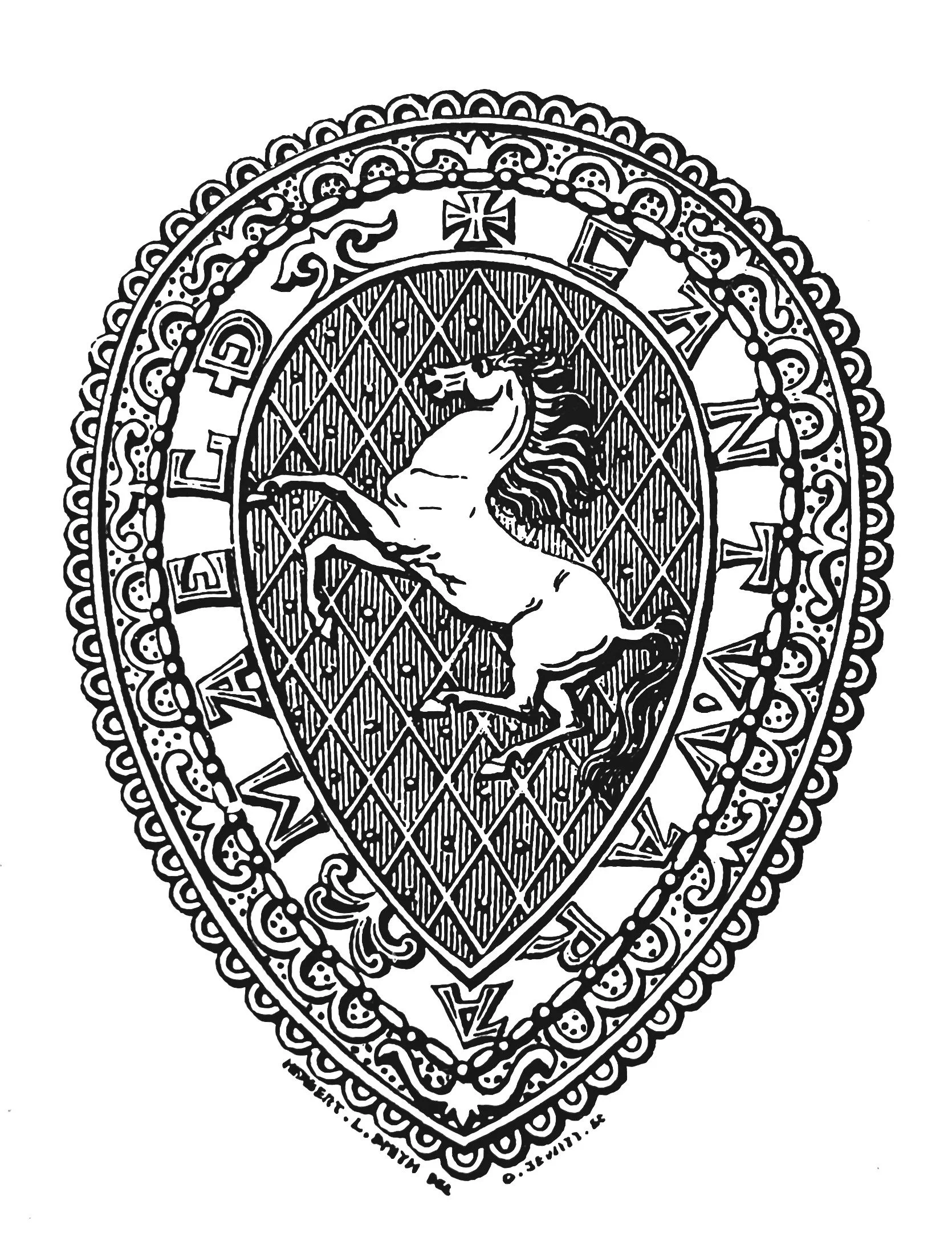
KAS Newsletter, Issue 41, Summer 1998
Honoring Arthur Harrison, uncovering Roman South Gate in Rochester, society updates, and promoting Kent archaeology.
Contributions to the next issue are welcome. See the guidance for contributors and contact Editor Craig Campbell.
Search page
Search within this page here, search the collection page or search the website.
Previous
Previous
Books
Next
Next
KAS Newsletter, Issue 40, Spring 1998
Written By KAS




